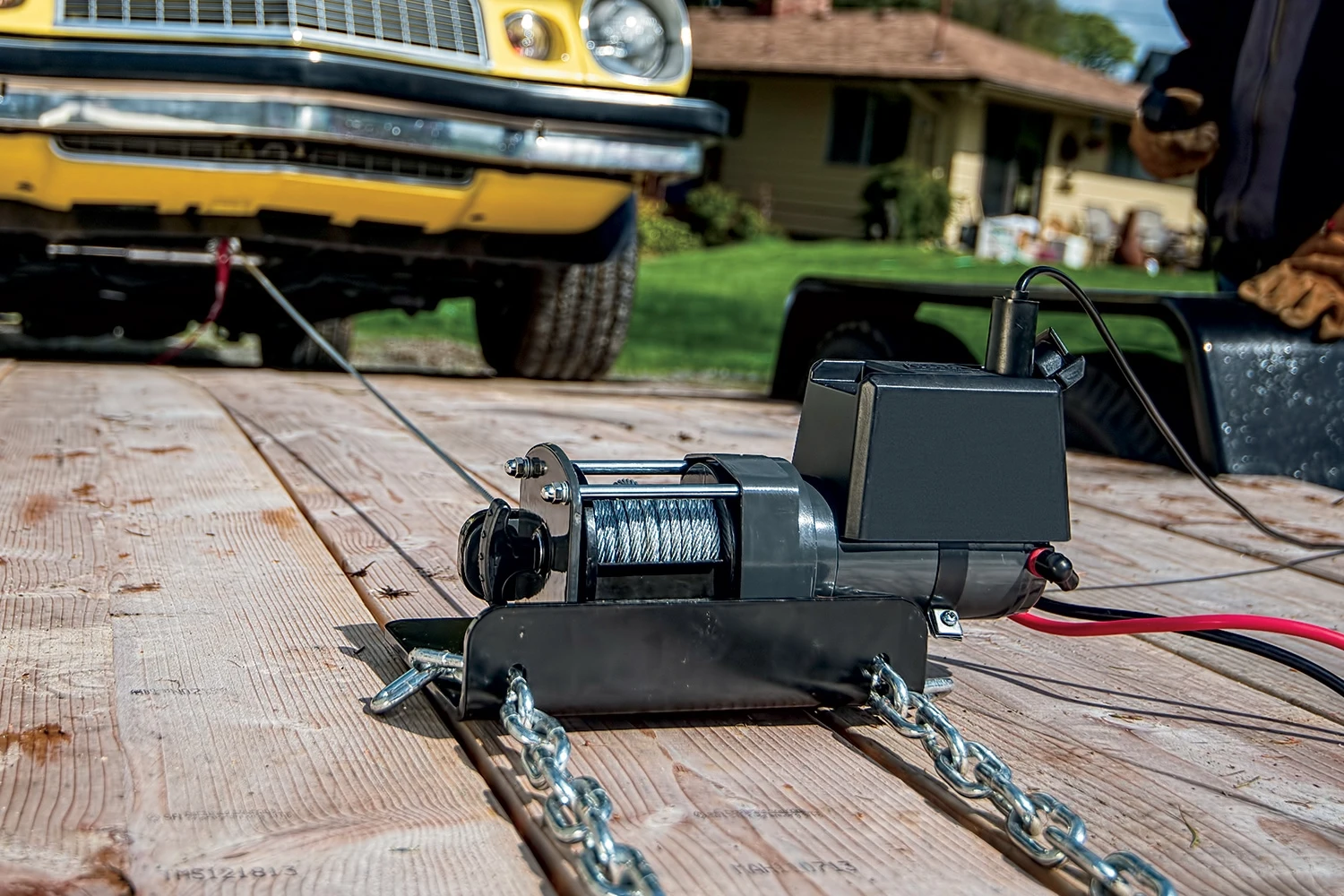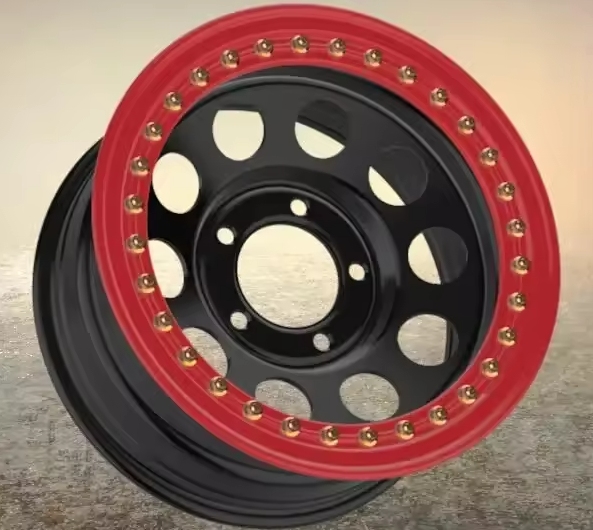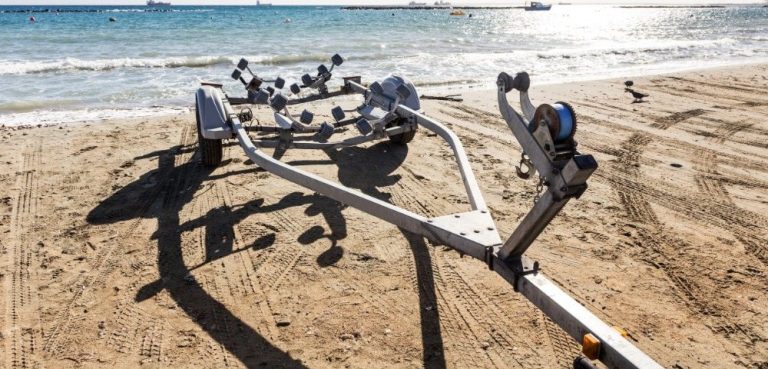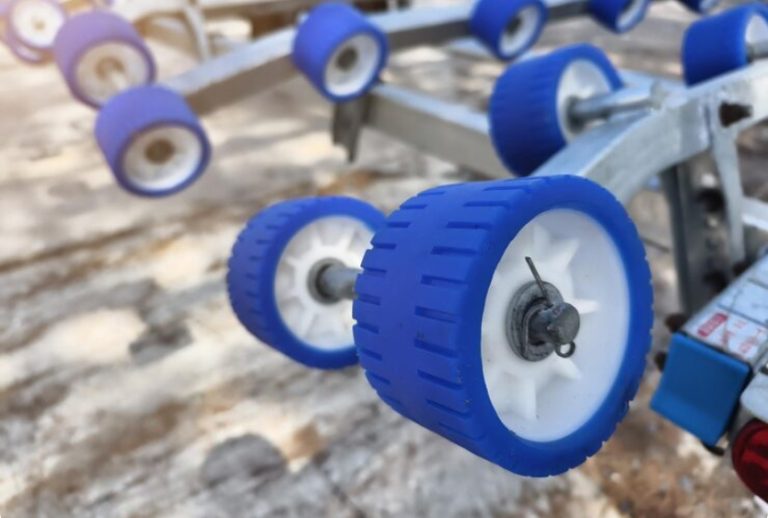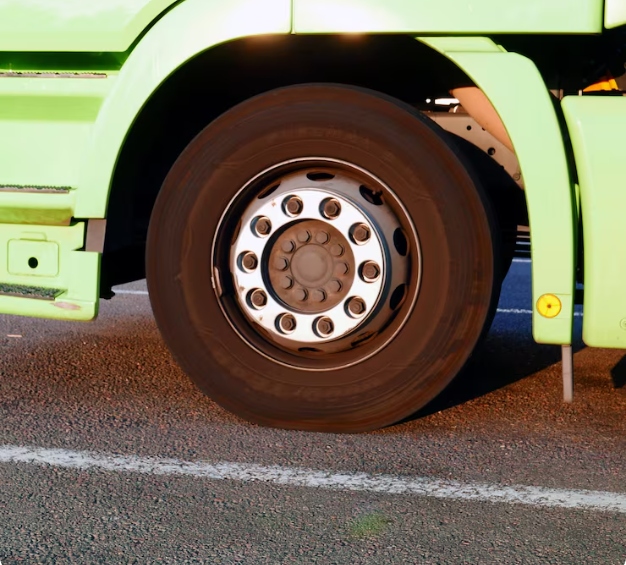Trailer winches are vital tools for pulling boats, campers, and other heavy items. They make tasks like loading a boat onto a carrier or freeing a stuck vehicle much simpler. However, incorrect use of a trailer winch can cause equipment breakdowns, safety risks, or expensive damage. As a trailer user, knowing the common errors to dodge is key to keeping things safe, smooth, and long-lasting. In this blog, we’ll explore the top five mistakes to avoid. We’ll also share practical tips to help you use your trailer winch correctly.
Why Proper Trailer Winch Use Matters
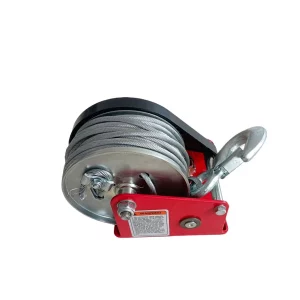
A trailer winch is a strong tool built to handle big loads. But it works well only if you know how to use it carefully. Misusing it can lead to:
- Safety Dangers: Wrong handling may snap ropes or shift loads. This can harm users or people nearby.
- Equipment Harm: Overloading or skipping upkeep can wear out parts quickly.
- Work Delays: Errors like bad mounting can slow you down. This makes towing tasks take longer.
By avoiding these mistakes, you can boost your trailer winch’s performance. You’ll also ensure safe and dependable use.
Common Mistakes to Avoid When Using a Trailer Winch
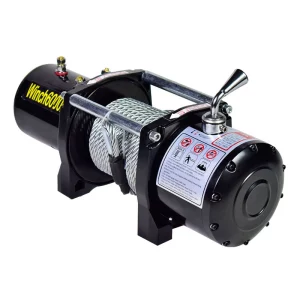
Below, we list the top five errors trailer users make with a trailer winch. We also give easy tips to prevent them.
1. Overloading the Trailer Winch
A frequent error is putting too much weight on the trailer winch. Every winch has a maximum load limit, often measured in pounds (e.g., 1200lbs, 2000lbs, or more). Going over this limit stresses the winch’s motor, rope, and attachment system. This can lead to breakdowns.
Why It’s a Problem
Overloading can cause:
- Rope or strap snapping, which is risky and costly to fix.
- Motor failure, making the winch useless.
- Damage to the trailer or the winch’s attachment point.
How to Avoid It
- Check the Details: Always look at the winch’s maximum load limit before use. For example, if it’s rated for 2000lbs, keep the load below this.
- Consider Extra Force: Pulling a load up a slope, like a boat onto a trailer, needs more power than the load’s weight. Friction or slopes add resistance. Choose a winch with a capacity at least 1.5 times the load’s weight for such cases.
- Use a Load Tool: If you’re unsure, use a load calculator. Or check the winch maker’s advice.
| Load Type | Suggested Winch Capacity |
| Small Boat (500lbs) | 750-1000lbs |
| Medium Camper (1500lbs) | 2000-2500lbs |
| Heavy Vehicle (3000lbs) | 4500lbs+ |
2. Improper Mounting of the Trailer Winch
Wrongly attaching a trailer winch is another mistake. It affects safety and function. A poorly fixed winch may move during use, fail to pull the load, or even come loose from the trailer.
Why It’s a Problem
Bad mounting can lead to:
- Shaky operation, making the winch wobble or tip.
- Harm to the trailer frame or attachment parts.
- Weaker pulling power, which makes towing harder.
How to Avoid It
- Use a Matching Plate: Attach the winch to a strong, maker-approved plate or bracket made for your trailer type.
- Secure with Strong Bolts: Use high-quality bolts (grade 8 or better). Tighten them to the advised strength.
- Align Properly: Position the winch so the rope pulls straight. It shouldn’t rub against the drum or frame.
- Check Often: Before each use, look at the attachment parts. Watch for wear, rust, or loosening.
3. Skipping Regular Upkeep
A trailer winch is a mechanical tool that needs steady care to work well. Many users ignore this. This leads to problems like rust, rope wear, or motor issues.
Why It’s a Problem
Ignoring upkeep can cause:
- Rust, especially on coated parts exposed to water.
- Worn ropes or straps that break under weight.
- Weaker motor performance, causing slow work or overheating.
How to Avoid It
- Clean After Use: Wash the winch with fresh water if used near saltwater. This stops rust.
- Grease Moving Parts: Put marine-grade grease on gears and bearings as the maker suggests.
- Check Ropes/Straps: Look for fraying, twists, or wear. Replace damaged parts right away.
- Store Safely: When not in use, cover the winch. Or keep it in a dry, safe place.
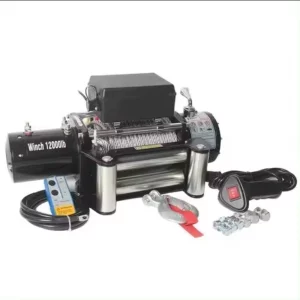
4. Wrong Rope or Strap Handling
The rope or strap is the core of a trailer winch. Yet many users mishandle it. This causes issues or accidents. Common errors include bad winding, overloading the rope, or using a damaged one.
Why It’s a Problem
Wrong handling can lead to:
- Rope tangling or jamming, which stops the winch.
- Early wear of the rope or strap, shortening its life.
- Safety risks if the rope breaks under strain.
How to Avoid It
- Wind Neatly: When rolling the rope or strap, guide it evenly across the drum. This prevents overlap or tangling.
- Avoid Sudden Pulls: Don’t jerk the load or let the rope go slack quickly. This can harm the rope and winch.
- Replace Worn Ropes: If the rope shows fraying or kinks, swap it with a maker-approved one.
5. Ignoring Safety Steps
Safety is crucial when using a trailer winch. But many users skip basic steps. This puts themselves and others in danger.
Why It’s a Problem
Ignoring safety can cause:
- Injuries from breaking ropes or moving loads.
- Damage to the trailer or load from uncontrolled shifts.
- Legal issues if an accident happens.
How to Avoid It
- Wear Safety Gear: Always use gloves and safety glasses when working the winch.
- Keep People Away: Make sure no one stands near the rope or load during use.
- Use a Remote: For electric winches, operate with a remote from a safe spot.
- Follow Maker’s Rules: Stick to the safety tips in the winch’s user guide.
About Go Trailer: Your Trusted Trailer Winch Manufacturer
Go Trailer is a top maker of high-quality trailer parts, including sturdy and reliable trailer winches. With over 15 years in the trailer field, Go Trailer focuses on creating lasting, CE-certified winches for uses like boat trailers and off-road vehicles. We use advanced tools like CNC machines and laser cutters to ensure precision and quality. Our focus on safety, new ideas, and customer happiness makes them a trusted choice for buyers, sellers, and trailer users worldwide.
FAQs About Trailer Winches
Below are answers to common questions about using a trailer winch. These will help you make smart choices.
Q1. What’s the difference between a hand-operated and electric trailer winch?
A1. A hand-operated winch is turned by hand. It takes effort and suits lighter loads. An electric winch uses a motor. It’s great for heavier loads or frequent use. It’s easier but needs power.
Q2. How do I pick the right trailer winch for my needs?
A2. Choose a winch based on your load’s weight. Pick one with a capacity 1.5 times higher to handle resistance. Think about the winch type (hand or electric), attachment fit, and factors like water exposure.
Q3. Can a trailer winch work in saltwater areas?
A3. Yes, but it needs rust-proof materials like coated steel. Regular cleaning and care are key to stop rust and keep it working well.
Q4. How often should I check my trailer winch?
A4. Look at your winch before each use. Check for wear, rust, or rope damage. Do a full care check every 3-6 months, based on how often you use it.
Take Charge of Your Trailer Winch Today
Using a trailer winch the right way can save time, money, and hassle. It also keeps towing safe and smooth. Avoid these five errors—overloading, bad mounting, skipping care, mishandling ropes, and ignoring safety. This will make your winch last longer and improve your towing. Ready to upgrade your winch or get expert tips? Check out top-quality trailer winches and parts to start towing smarter and safer today!


